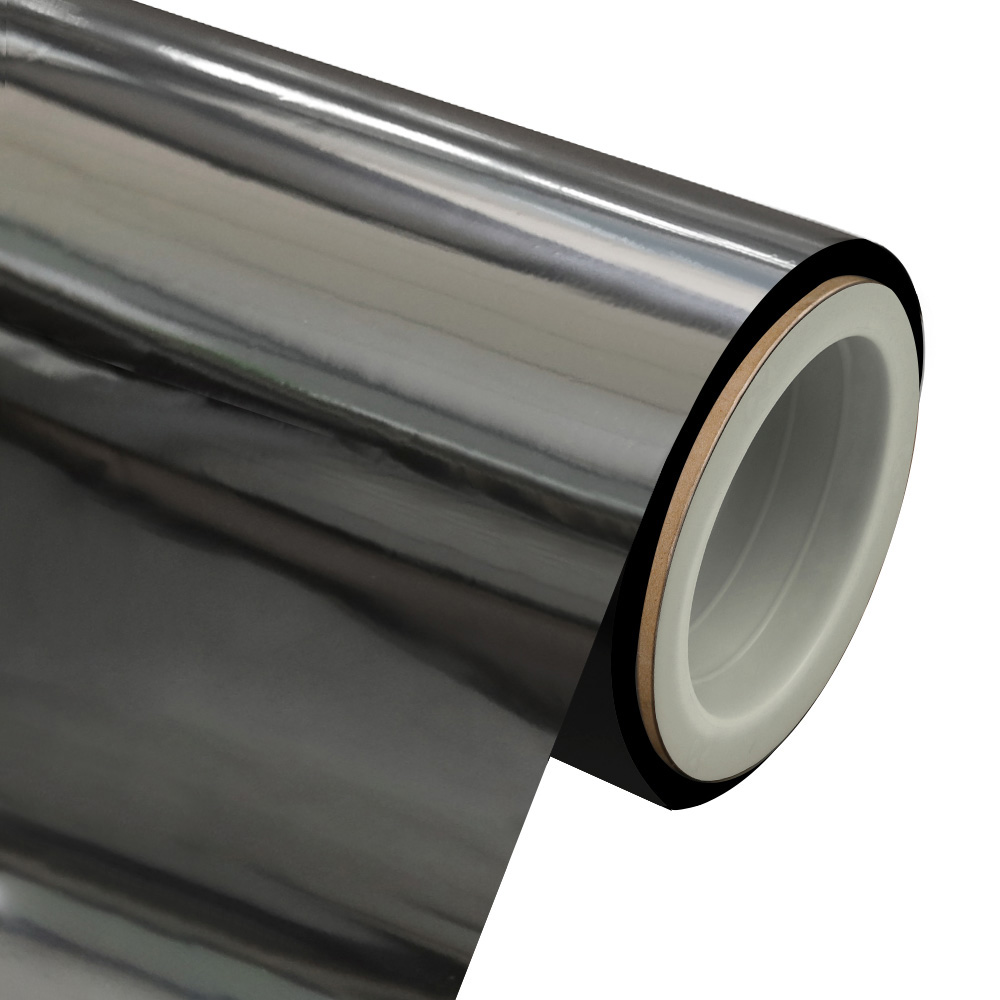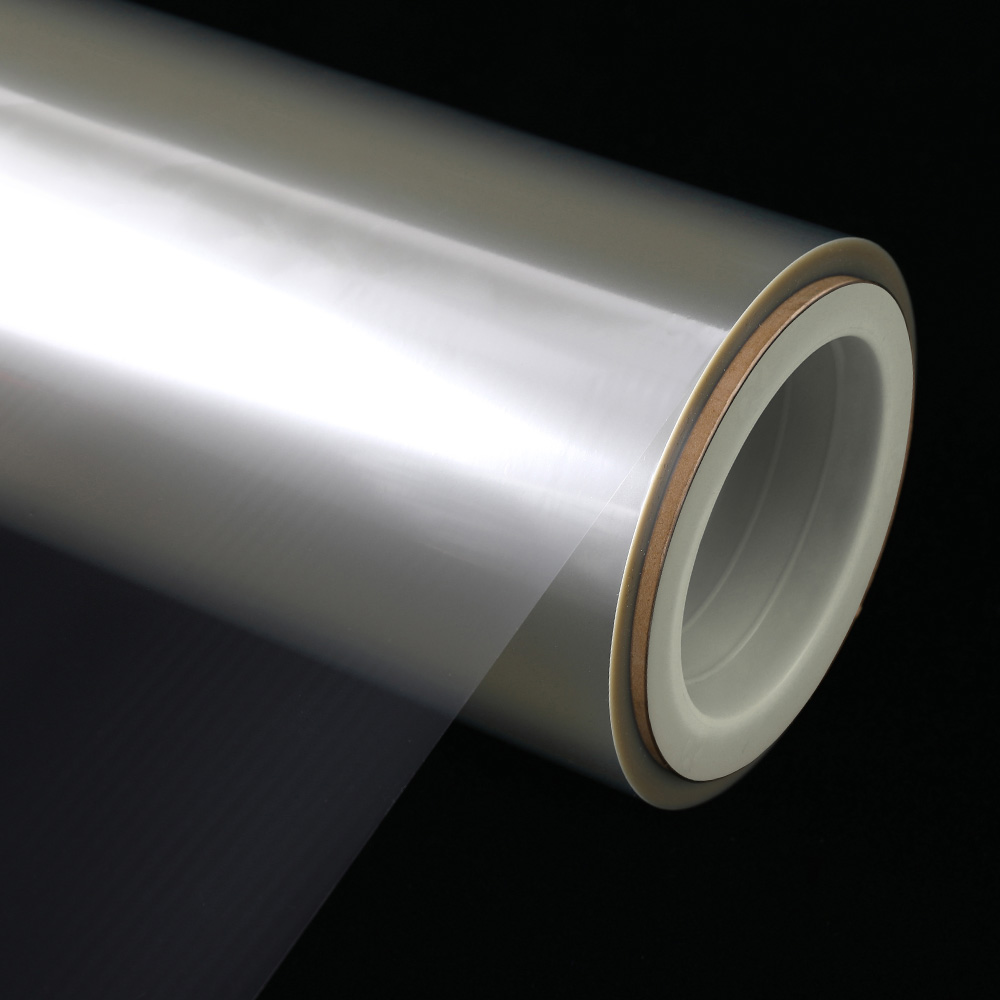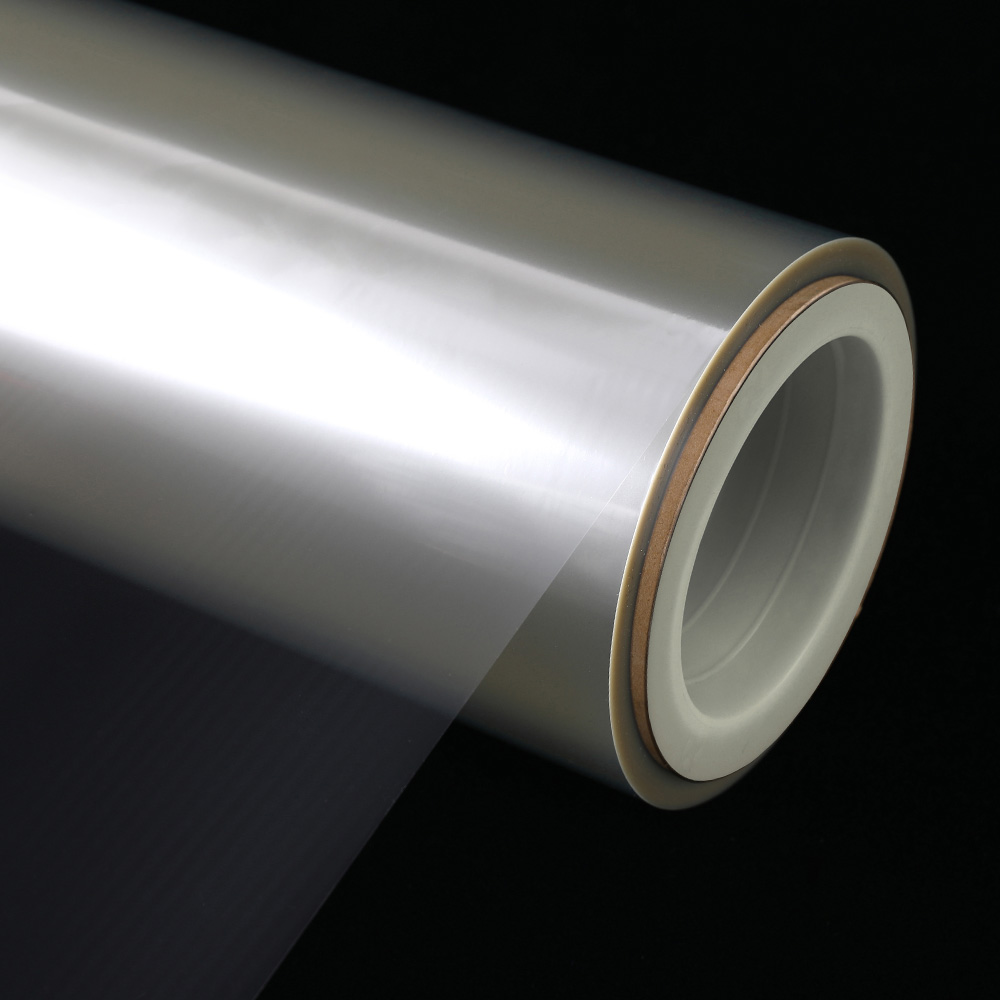What Are the Common Applications of Chemical Treated Metallized PET Film?
Chemical treated metallized PET film is a high-performance material engineered to meet the demands of modern industries, offering enhanced barrier properties, durability, and functionality compared to conventional metallized films. Through specialized chemical treatments, this film achieves superior adhesion, moisture resistance, and optical clarity, making it indispensable in sectors such as flexible packaging, electronics, automotive, and decorative applications. As industries increasingly prioritize sustainability, performance, and cost-efficiency, chemically treated metallized PET films have emerged as a critical material solution.
Why Is Chemical Treated Metallized PET Film Dominating the Flexible Packaging Industry?
The flexible packaging industry has seen a significant shift toward chemically treated metallized PET films due to their exceptional barrier properties and adaptability. Unlike standard metallized films, the chemical treatment enhances adhesion between layers, ensuring better resistance to delamination—a common issue in high-moisture or high-temperature environments. This makes the film ideal for food packaging, where oxygen and moisture barriers are critical to extending shelf life.
Retort packaging, used for ready-to-eat meals and sterilized products, benefits from the film’s ability to withstand high-temperature processing without compromising structural integrity. Additionally, snack packaging relies on its lightweight yet durable nature, reducing material consumption while maintaining product freshness. Another growing application is pharmaceutical blister packs, where chemical treated metallized PET films provide an effective moisture barrier, protecting sensitive medications.
Sustainability trends further drive adoption, as this film serves as a viable alternative to aluminum foil in many applications. While traditional foil offers excellent barrier properties, it is heavier, less recyclable, and more expensive. Chemically treated metallized PET films provide comparable performance with a reduced environmental footprint, aligning with global efforts toward lightweight and eco-friendly packaging solutions.
How Does Chemical Treated Metallized PET Film Enable Advanced Electronics and Solar Applications?
Beyond packaging, chemically treated metallized PET films play a crucial role in advanced electronics and renewable energy sectors. In flexible electronics, the film’s conductive metallized layer, combined with chemical surface treatments, ensures optimal electromagnetic interference (EMI) shielding—a necessity for 5G devices, wearable technology, and IoT components. The film’s dimensional stability and resistance to environmental factors make it a preferred substrate for printed electronics.
The solar energy industry also benefits from these films, particularly in photovoltaic backsheets. The chemical treatment enhances UV resistance, preventing degradation over long-term exposure to sunlight, while the metallized layer improves reflectivity and thermal management. This results in more efficient solar panels with extended lifespans. Additionally, touchscreen displays and flexible OLED screens utilize chemically treated metallized PET films due to their optical clarity, scratch resistance, and ability to maintain conductivity under mechanical stress.
As demand grows for thinner, lighter, and more durable electronic components, chemically treated metallized PET films are positioned as a key enabler of next-generation technologies.
Can Chemical Treated Metallized PET Film Replace Traditional Metallized Films in Decorative and Automotive Uses?
The decorative and automotive industries increasingly adopt chemically treated metallized PET films due to their aesthetic versatility and functional advantages. In automotive interiors, the film is used for trim components, dashboard accents, and control panels, where its scratch-resistant surface and high-gloss metallic finish enhance both durability and visual appeal. Unlike traditional metallized films, the chemical treatment ensures better adhesion to substrates, reducing peeling or fading over time.
In decorative applications, such as furniture laminates, appliance surfaces, and architectural finishes, the film provides a cost-effective alternative to metal plating or foil stamping. Manufacturers can achieve premium metallic, brushed, or holographic effects without the weight or expense of solid metal. The chemical treatment also improves resistance to cleaning agents and UV exposure, ensuring long-term performance in high-traffic environments.
A notable trend is the customization potential of chemically treated metallized PET films. Advanced printing and embossing techniques allow for unique textures and patterns, meeting the growing demand for personalized design solutions in consumer goods and luxury packaging.
What Role Does Chemical Treated Metallized PET Film Play in Sustainable and High-Performance Labels?
Labels and packaging embellishments are another key application area where chemically treated metallized PET films excel. Conventional metallic labels often rely on foil lamination, which adds complexity and cost while limiting recyclability. In contrast, metallized PET films with chemical treatments provide a seamless metallic appearance without additional layers, simplifying production and improving sustainability.
RFID and smart labels benefit from the film’s ability to maintain signal integrity, as the metallized layer can be precisely tuned for optimal radio frequency transmission. Additionally, wash-off labels—used in reusable packaging systems—leverage the film’s chemical resistance to endure multiple cleaning cycles without degradation.
The shift toward eco-friendly labeling has further accelerated adoption. Brands seeking to reduce plastic waste favor metallized PET films due to their compatibility with existing recycling streams, unlike mixed-material labels that complicate waste processing.
Chemical treated metallized PET film has established itself as a versatile and high-performance material across multiple industries. Its superior barrier properties, durability, and sustainability advantages make it a preferred choice in flexible packaging, electronics, automotive, and decorative applications. As technological advancements and environmental regulations continue to evolve, the demand for this engineered film is expected to grow, reinforcing its role as a critical material in modern manufacturing.
By addressing key industry challenges—such as extending shelf life in food packaging, enabling flexible electronics, and providing sustainable labeling solutions—chemically treated metallized PET films demonstrate their adaptability and long-term value in an increasingly competitive market.
Comparative Advantages of Chemical Treated Metallized PET Film
| Application | Key Benefit | Industry Impact |
|---|---|---|
| Flexible Packaging | Enhanced oxygen/moisture barriers, lightweighting | Reduces food waste, replaces aluminum foil |
| Electronics & Solar | EMI shielding, UV resistance, flexible conductivity | Enables 5G, IoT, and high-efficiency solar panels |
| Automotive & Decorative | Scratch resistance, customizable finishes, improved adhesion | Lowers production costs, enhances design flexibility |
| Labels & Smart Packaging | Sustainable metallized effects, RFID compatibility | Supports circular economy initiatives |


 English
English  中文简体
中文简体 





